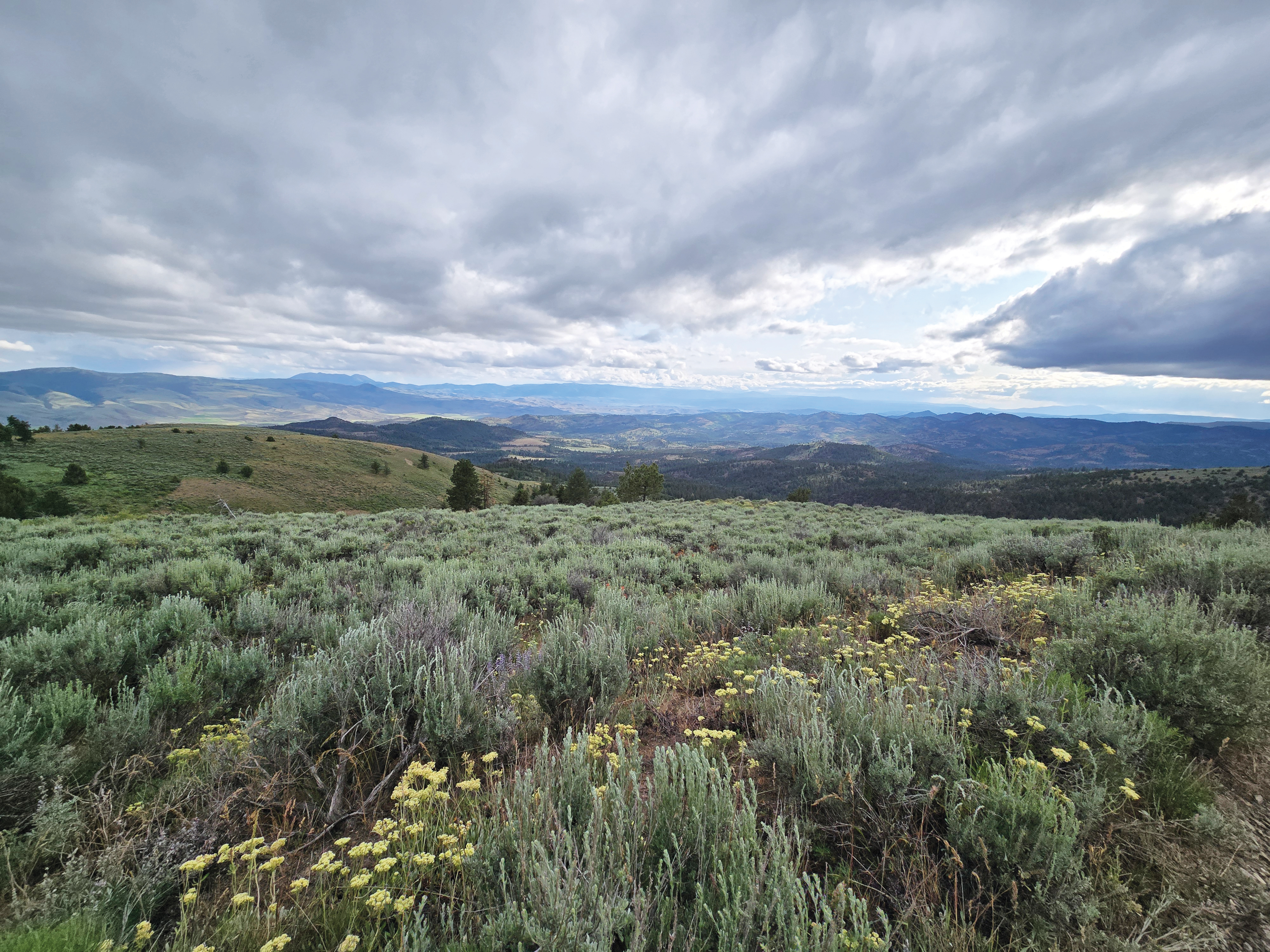Pendleton School District to create Indian-centric curriculum
Published 5:00 pm Sunday, June 22, 2014
The Pendleton School District wants to change the way it teaches American Indian students.
Over the past several months, the district has received more than $100,000 in grants from the Oregon Department of Education to improve the classroom performances for American Indians and other minorities.
According to a district report card, 56 percent of American Indian students graduated in the 2010-2011 school year compared to the 63 percent district rate. Dropout rates, chronic truancy, math scores and reading scores for American Indians were also generally worse than their peers’.
While the ODE fall membership report states that American Indians comprise 13 percent of the district’s student body, the district estimates that number is closer to 23 percent due to some tribal students being listed as multiracial.
To combat the achievement gap, the district partnered with the Confederated Tribes of the Umatilla Indian Reservation on two grants that will attempt to improve those numbers by building an American Indian-centric curriculum and increasing recruitment efforts for minority teachers.
The $100,000 American Indian/Alaskan Native Culturally Teaching, Learning and Pedagogy grant is meant not only to educate students but teachers as well.
On the student side, the district will create and implement a local tribal history course at the middle school and high school level, according to the district’s grant application.
The coursework for district teachers is even more extensive.
In addition to creating a professional development curriculum for current teachers, the grant adds an American Indian component to orientations for incoming teachers and a graduate level course at a local community college or university.
Tricia Mooney, assistant superintendent and project lead for the grant, hoped the new curriculum would keep American Indian students engaged in the classroom.
“We’re using it as a way to keep them connected,” she said.
CTUIR Director of Education Ramona Halcomb praised the district for including the Tribes in the formation of the curriculum, which should integrate into a teacher’s lesson plan.
“You can still keep the main objectives from the Common Core while still teaching about tribal cultures,” she said.
While teachers will be trained to become more culturally sensitive, the current district faculty is racially uniform.
Out of the 156 certified staff and 16 administrators, only four are considered culturally or linguistically diverse. Out of those four, none are American Indian.
According to research collected by Eastern Oregon University, the minority student to minority teacher ratio in Pendleton is 13 to 1, which is larger than the school districts in Hermiston and Milton-Freewater.
The Minority Educator Retention grant will try to change that.
Using $20,000 from the ODE, the district will create a plan to recruit minority faculty members in a labor market that’s bereft of minority candidates. Only 12 minority students are currently enrolled in EOU’s graduate teaching program.
Without the benefit of a ready-made labor pool, Pendleton and three other Eastern Oregon school districts are looking to cultivate minority teachers from within.
While not yet ready to fully participate, the district plans to partner with EOU’s Oregon Teacher Pathway program.
The program, itself a recipient of a $170,993 grant from the ODE, identifies minority high school students that are interested in teaching and enrolls them in education-specific coursework. Students that complete the program are then offered automatic admission at EOU, lower tuition rates and preferred employment within the school districts that participate in Pathway.
Within the first three Pathway graduate classes, EOU expects to produce 25 minority teaching candidates.
One of the biggest hurdles the district faces in increasing minority teachers is apathy from some members in the community.
“(There) is still an element in our community that does not recognize the need to encourage diversity,” the grant application states. “While overt racism is rare, there is insensitivity to the challenges that people of color or culturally different people face in a white dominant community. There has been an attitude that diversity is not an issue that majority culture should have to deal with; that somehow we are robbing from mainstream students by addressing the needs of a special population. Old attitudes die hard and transformation will be a challenge for a few.”
Halcomb said the tribal community is frustrated with the lack of American Indian educators, but the responsibility in creating a pool of culturally diverse candidates lies more with CTUIR than it does with the state or district.
Superintendent Jon Peterson, who is leading the grant project, was not available for comment.
Contact Antonio Sierra at asierra@eastoregonian.com or 541-966-0836.






